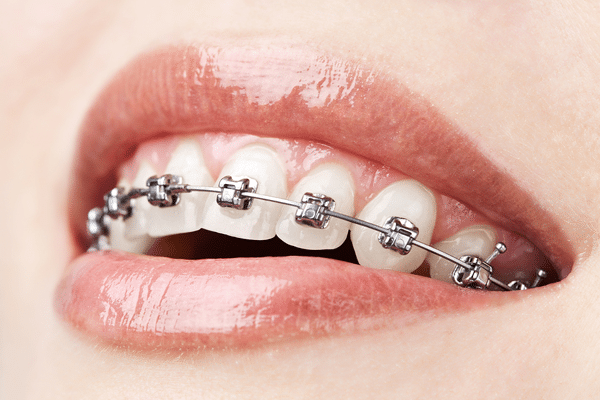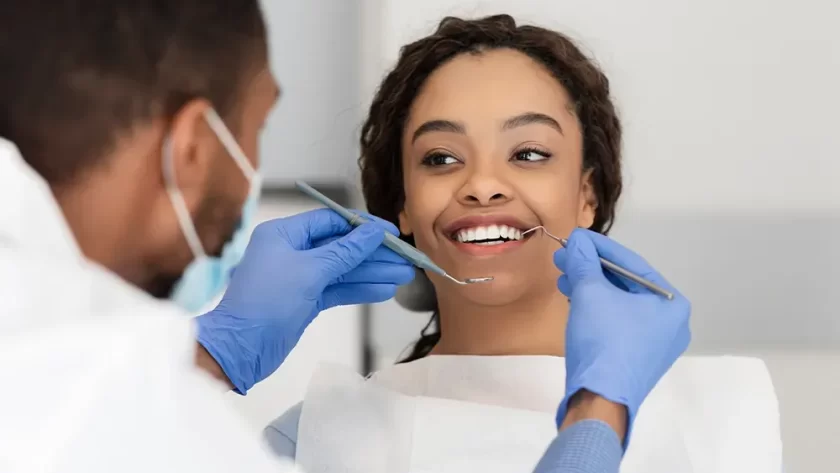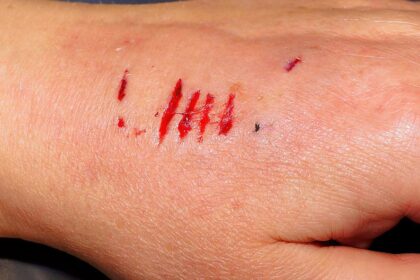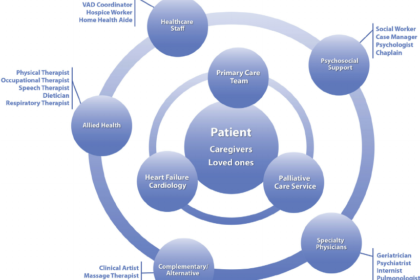Poor teeth alignment and malocclusion can significantly impact both your appearance and oral function. One common type of malocclusion is an underbite, which occurs when your bottom teeth extend beyond your top front teeth. While mild cases might not need treatment, severe cases often do. In this informative blog, specialists offering dental practice in Valley Village will help you explore the causes, symptoms, and treatment for underbite. Keep scrolling!

A detailed description of underbite
An underbite is a dental condition where the lower front teeth extend beyond the upper front teeth, classified as class III malocclusion. In this misalignment, the upper and lower molars do not meet properly when the mouth is closed. Approximately 5 to 10% of people have an underbite.
Causes for an underbite include:
-
Genetics
-
-
- Most people may inherit underbite from their family depending on the shape and size of the teeth and jaw.
-
-
Prolonged childhood behavior
-
-
- Actions that place repeated pressure on the teeth while they are still developing can cause an underbite.
- These actions include prolonged thumb sucking, bottle feeding, pacifier use, nail-biting, or tongue thrusting.
-
-
Injury
-
-
- An injury to the face and jaw can cause an underbite.
- Sometimes the jaw bones may not grow back perfectly aligned.
-
-
Tumors
-
- Cysts, lumps, or tumors in your mouth can affect the jaw and teeth alignment causing underbite.
A mild underbite may go unnoticed without any prominent symptoms. However, severe underbite can cause the following symptoms:
- Trouble opening or closing the mouth
- Pain while speaking or chewing
- Biting the inside of your mouth
- Jaw pain
- Difficulty breathing
- Bad breath (halitosis)
Treatment options depend on the severity of the underbite and your age. Adults may often need surgery since their bones are fully grown, unlike children and teens.
Treatment options include:
-
Braces and retainers
-
-
- They could be traditional metal braces, or clear Invisalign aligners that move your teeth to the desired alignment.
- Post-braces treatment your dentist will recommend retainers to hold the teeth in position.
-
-
Tooth extraction
-
-
- Teeth crowding may contribute to developing an underbite which can be treated by extracting them.
- Most often dentists recommend extraction before getting braces so that you have more space for teeth alignment.
-
-
Orthodontic appliances
-
- Palate expander
- Reverse pull headgear
- Chin cap
Teeth misalignment should not be ignored, as it can increase the risk of infections and cause painful symptoms. An underbite, a type of malocclusion, occurs when the lower front teeth extend beyond the upper front teeth. Early detection and treatment of an underbite can improve prognosis and help prevent future dental problems.





